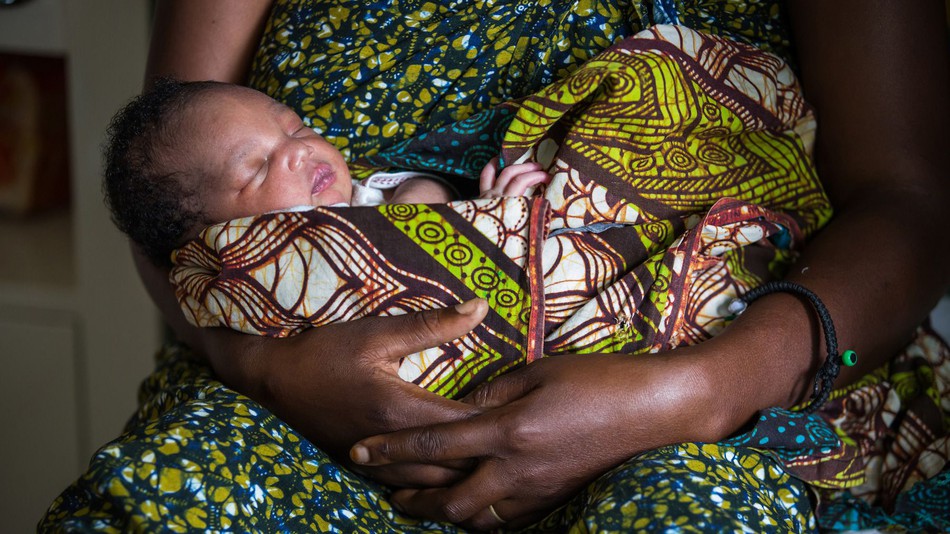 IMAGE: SALA LEWIS / VODAFONE FOUNDATION
IMAGE: SALA LEWIS / VODAFONE FOUNDATION
When 28-year-old Consolata went into labor in rural Sengerema, Tanzania, it was by no means picture-perfect. She was extremely fatigued, and soon started experiencing intense pain.
So she took out her mobile phone and dialed a special hotline number to get an “ambulance taxi” — a revolutionary aspect of the Vodafone Foundation’s maternal health program in Tanzania’s rural Lake Zone. Health workers connect pregnant women in emergencies to a local network of vetted taxi drivers, who are paid via the popular mobile money system M-Pesa to pick them up and get them to clinics, fast.
One of these cars brought Consolata to her nearest clinic, where she gave birth to a healthy baby boy named Kurwa. But her doctors examined her and found the cause of her severe pain: she was unknowingly carrying another baby. She needed to be relocated to a hospital in Shinyanga, but with still no ambulances available, they called another taxi through Vodafone’s service.
“I thought my baby and I were going to die,” Consolata said, in a video detailing her story.
She gave birth to her second baby in the back seat; when she finally arrived at the hospital, she was hemorrhaging, but recovered after a few days.
Because of the time saved with the ambulance taxi service, which has been likened to an “Uber for emergencies,” Consolata and her twins survived. And it’s just one example of the first-of-its-kind program’s impact, now saving the lives of 200 mothers and infants in Tanzania every month.
Since it launched late last year in the districts of Sengerema and Shinyanga, the ambulance taxi service has helped 3,523 women in emergencies, either while in labor or experiencing complications in the middle of their pregnancies. There are more than 130 drivers currently in the network. In contrast, only 10 traditional ambulances exist between the two districts, which have a combined population of 2 million.
View External Link
 IMAGE: SALA LEWIS / VODAFONE FOUNDATION
IMAGE: SALA LEWIS / VODAFONE FOUNDATION